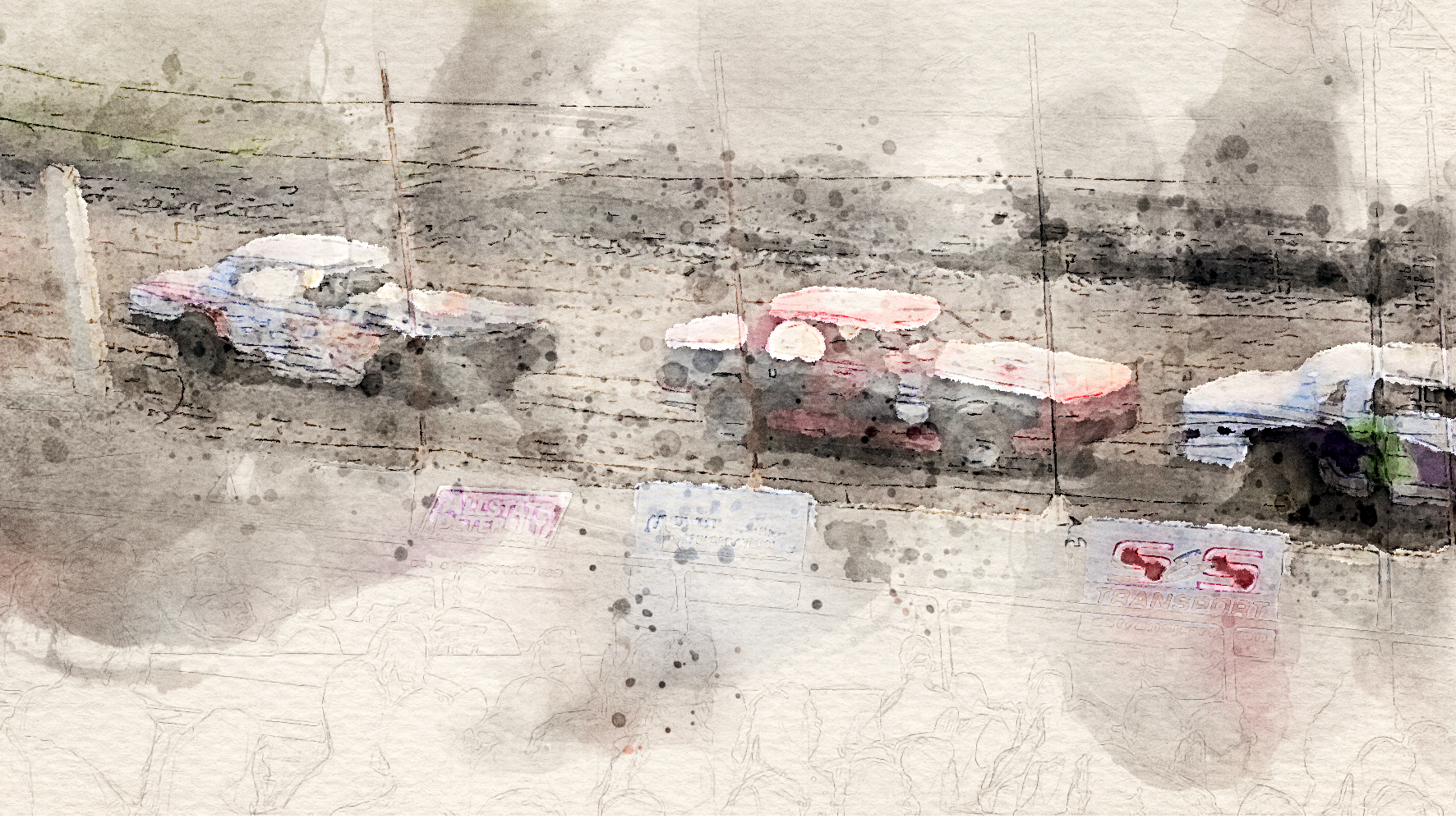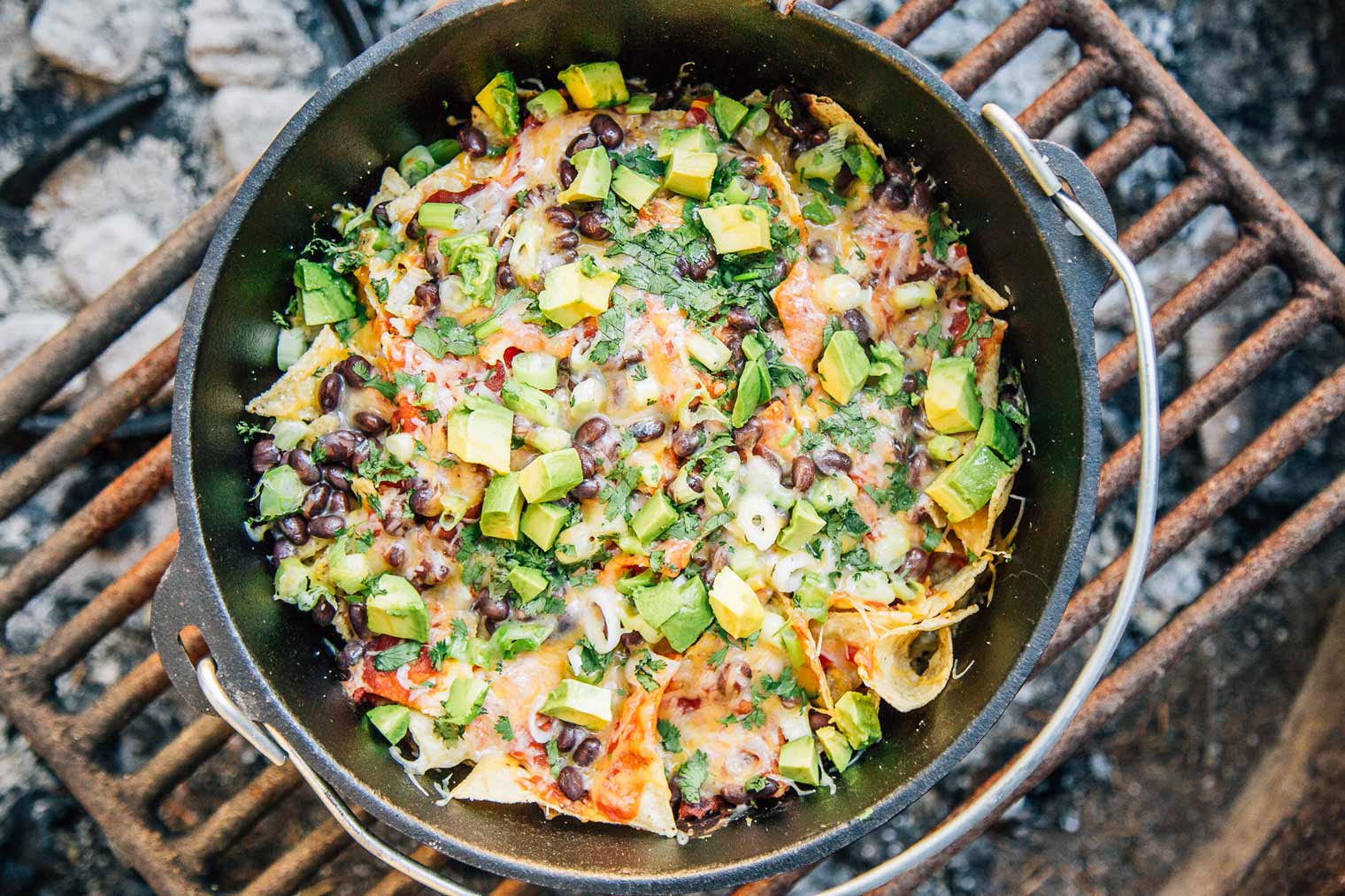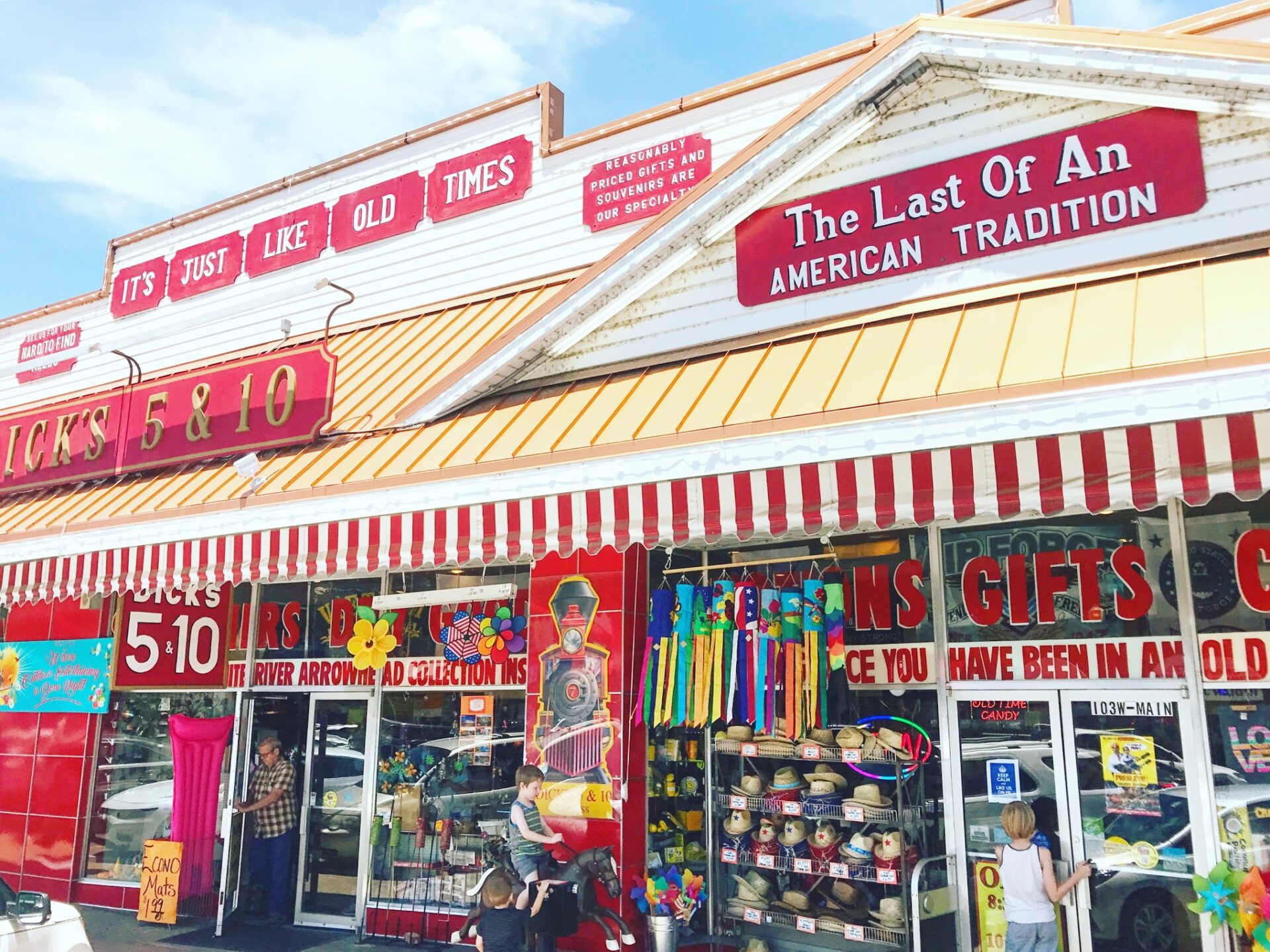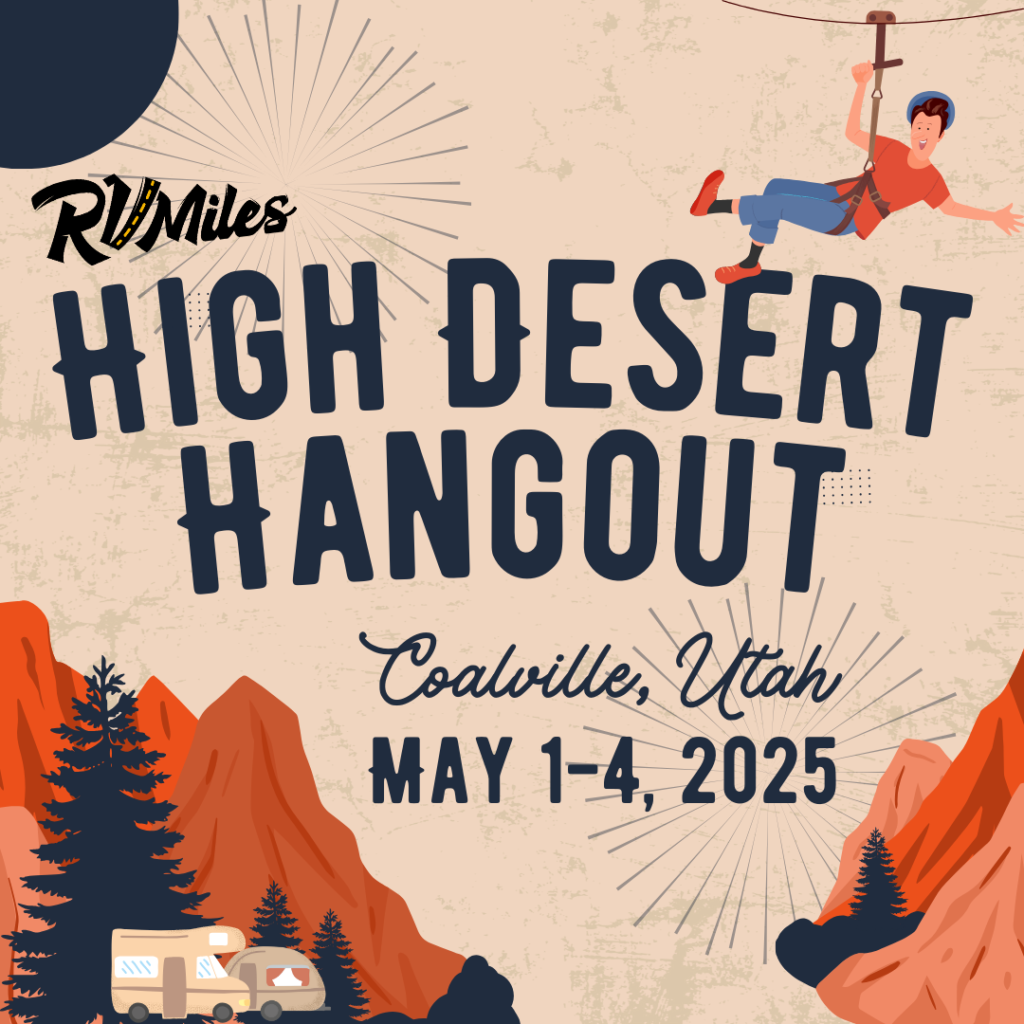This episode of the See America Podcast was hosted and written by Jason Epperson with narration by Abigail Trabue.
Listen below, or on any podcast app:

The See America Podcast is sponsored by Roadtrippers. America’s #1 trip planning app. Enjoy 20% off your first year of Roadtrippers PLUS with the code RVMILES2X.
On the western banks of the Red River of the North is a flat region known as the Red River Valley. It was originally called Les Grandes Fourches by French fur traders from Canada, which is only 80 miles away. The town owes its existence to a flatboat race down the Red River in the late fall of 1870, in which the steamboat of Alexander Griggs came up short to the Winship’s crew. The result was that Griggs spent the 1871 winter here, and founded the city of Grand Forks, named for its location at the confluence of the Red River and the Red Lake River, which flow northward. This town was born with racing in its blood. It’s a tradition that continues to this very day, and as American as the clichéd apple pie. Dirt track races at the River Cities Speedway.
Just ten years after its founding, Grand Forks’ first formal racing organization was formed, aptly named the “Grand Forks Racing Association” to promote what they called “good sportsmanship on the turf.” Their race track was located at Eshleman Park west of town on the present site of the University of North Dakota’s Memorial Stadium. Soon the track was shared by the Polo Club, the Driving Club, and the Trotting Association. The races were a popular amusement for local townspeople during the summer months. University President Webster Merrifield had reservations about allowing racing in such close proximity to the university campus, however. He feared that students would be negatively influenced by the rampant gambling that often accompanied the horse races.
Eshleman Park hosted the first fair in Grand Forks which took place in September of 1886, utilizing the inner oval of the half-mile race track for exhibit buildings, food vendors and gaming. Over 11,000 people attended. In the following years, Grand Forks hosted the official Territorial Fairs and the North Dakota State Fair as well. Racing and fairs went hand in hand. The diversions became so popular, that the 30-year-old city already had to build a new fairgrounds.
The present-day Grand Forks County Fairgrounds opened in 1903 on land purchased from the D.A. Dinnie Farm. The first event was the Red River Valley Exposition. Among the many attractions offered were horse races and a two-mile automobile race. Production model cars were only a few years old at the time.
A magnificent Exhibit Building was dedicated on July 20, 1909. The occasion was distinguished by the appearance of the greatest trotters of the day, Dan Patch and Minor Heir, who put on an exhibition race. Heir nosed out the victory on the last stride. Their popularity was so enormous that four national guardsmen were assigned to guard the famous horses.
In time, automobiles and motorcycles began to replace horses on the half-mile race track. In 1925 a fatal crash killed two spectators and injured five others, though the driver was unhurt. The result was the revocation of the North Dakota State Fair Association’s charter. The new Grand Forks State Fair Association was formed to govern races in Grand Forks, which it did for the next twenty-seven years.
In the 30s, the Great Depression had hit the country hard, and Franklin D. Roosevelt’s Works Progress Administration had been putting people to work on numerous civic projects.
Grand Forks’ racing facilities received a boost when the WPA built a new grandstand in 1937, along with beautiful stone entry arches. FDR himself delivered the dedication speech in person on October 4th, 1937, before a crowd of 20,000. Amazed at the turnout, Roosevelt drew a huge applause when he remarked that perhaps he should have had the grandstand made even larger.
In the late 50s, the half-mile track was converted to a quarter-mile track, changing the way race cars were driven. The smaller oval didn’t allow much time for shifting, so racers kept their engines revved up in high gear.
The first races run on the quarter-mile dirt track began with a standing start, spraying dirt and dust as the cars took off. Soon two classes of races were created; the Super Modified (the precursors to sprint cars) and Class C cars which were a hobby class. In the 70s the hobby cars came to be known as “Streets,” and the Late Model class was added as well as the ever-popular Sprint Cars.
It’s the most midwestern thing you can possibly do (and I say that as a life-long midwesterner) to park on the grass and enter the grandstand of a dirt track race. The place is unassuming on the outside, even quaintly run-down. There’s typical racetrack concessions, like footlong hotdogs and jumbo beers. You pass the vendors into the hallway that leads you out into the grandstand, and the first thing you’ll notice is a sweet smell. It’s the methanol the cars burn.
The seating is wood benches, with roughly hand-painted numbers on the rows and sections. An old, Tinney PA system carries the voice of an announcer, and then the Canadian National Anthem, as two trucks bearing flags circle the oval. The trucks trade-off for the lead, as the American flag passes the maple leaf for the Star-Spangled Banner.
And then there’s the sound of the cars. It’s a roar like you’ve never heard. As the drivers circle the nearly d-shaped track, which they consider the finest in the country, dirt flies into the stands. If you’re in the first few rows, don’t plan on a fancy dinner afterword.
If car racing isn’t something you’re crazy about because you find vehicles going round-and-round a giant oval for hours tedious, you really ought to give dirt track racing a try. The laps are short, and there are only 25 or so in a race. It’s the opposite of a 3-hour Nascar race. You watch drivers jockey for position though laps that take seconds. Each heat is over in a matter of a few minutes.
Several different classes of cars run, and there are crashes and restarts, and cars driving over the edge of the giant banked oval, but it’s all fairly safe … just thrilling. Sometimes you’ll see a car drive over the edge, come all the way around and ramp back onto the track. You’ll see cars go from last to first, and you’ll see spin-outs, and push-starts, and it’s all oh so much fun.
Race tracks can get rowdy, but Friday nights at River Cities Speedway, they keep it a family affair. Intermission allows for the track to be managed and repaired while candy is thrown to the kids. When the night ends, around 10 pm, you can walk out onto the track, and then over to pit row, where the drivers hand out cards and sign autographs, and you get to see the cars up close.
And the stories of the drivers are quite something. We watched a driver win his first race in years of competition, nearly destroying his engine in the process and a 61-year-old driver who schooled the young ones who ate his dust.
On April 21, 2009, the fairgrounds’ WPA Stone Structures and Grandstand were placed on the National Register of Historic Places by the United States Department of the Interior.
Grand Forks is quintessential midwest, and full of North Dakota hospitality, which we found to be exceptional. If you go, races run between May and mid-September. And check out Half Brothers Brewing Company on your way for some incredible pizza a beer brewed from North Dakota barley.
Connect With Us
Join the See America Facebook Group here. You can also follow See America on Facebook, Instagram, and Twitter.
Find more resources for the U.S. based traveler and National Park enthusiast at RVMiles.com.






